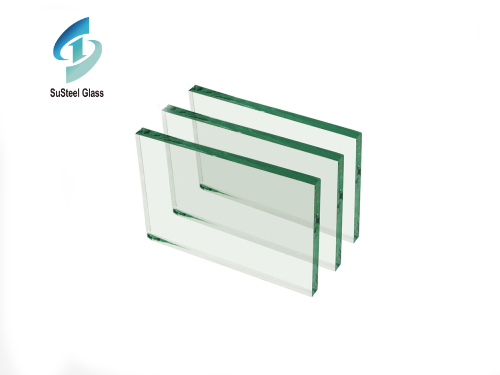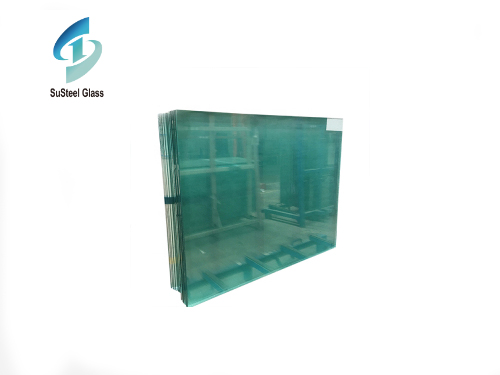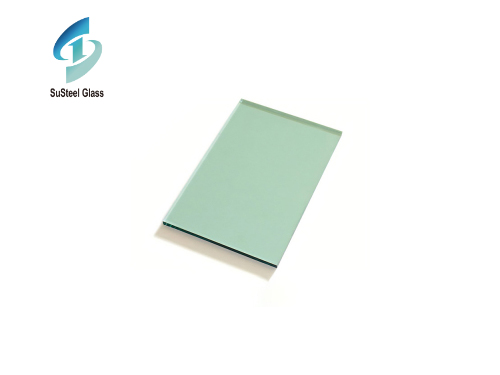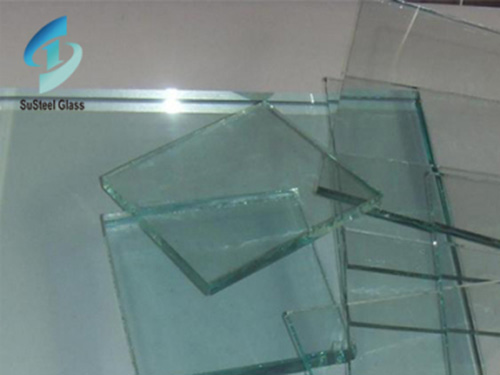
In the treatment of crack, crack and scratch of optical lens, grinding is an vital process in optical glass production to determine its working efficiency and surface quality (appearance and accuracy). The primary pollutants in the grinding process are grinding powder and pitch, and there will be lacquer flake in the processing of a few firms. In optical lenses, the prescription of progressive multi-focal glasses should include the far diopter, near diopter or lower addition, monocular pupil distance, monocular pupil height, frame and lens type (in special cases, the lens diameter, base bend, vertical prism requirements, etc.).
There are subtle differences between cracks, cracks and scratches in optical glass lenses:
(1) The maximum allowable crack size is generally indicated on the drawing, but cracks and abrasions are usually not indicated.
(2) Cracked edge: The treatment of optical glass cracked edge refers to the bad edge of the lens, the surface of the lens edge has a part of the glass off.
Crack: A defect at the edge of a lens, where the surface of the edge of the lens is cracked but the glass does not fall off.
Scratch: A group of short marks on the edge of a lens.
(3) Unless otherwise specified, these three defects may be judged to be acceptable or not by the size of the split edge.
The grinding powder in the grinding process of optical glass lens varies in type, usually using cerium oxide as the main alkali metal oxide. According to the material and grinding accuracy of the lens, then choose different types of grinding powder according to the requirements. The asphalt used in the grinding process is protective to prevent the polished mirror from being scratched or corroded. The measuring method of diopter or downlight for far and near use is basically the same as that for common far and near use glasses.
 High Purity Tin Ingot: Essential Uses and Key Advantages
High Purity Tin Ingot: Essential Uses and Key Advantages
 Burglar-Resistant Glass: Enhancing Security and Peace of Mind
Burglar-Resistant Glass: Enhancing Security and Peace of Mind
 Exploring the World of Green Tinted Glass Products: Versatility and Sustainability
Exploring the World of Green Tinted Glass Products: Versatility and Sustainability


